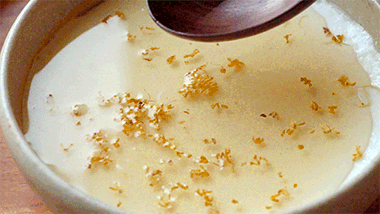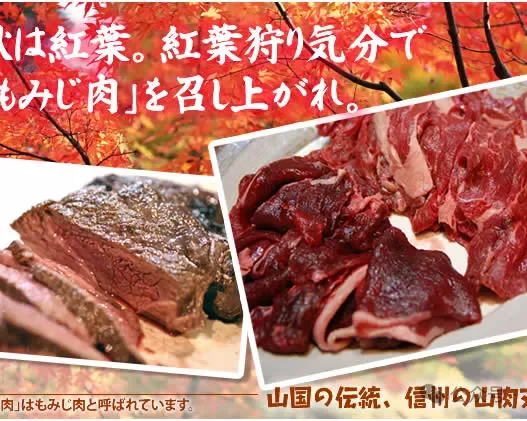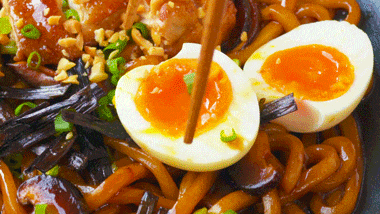New Year’s is a globally celebrated time, and every country has its own unique festive foods. These dishes not only provide a feast for the taste buds but also symbolize hopes for the new year. Today, we’ll explore the New Year’s tables around the world, savoring five classic dishes: Japanese Ozoni (Mochi Soup), Korean Tteokguk (Rice Cake Soup), Italian Cotechino con Lenticchie (Lentil Stew with Sausage), French Galette des Rois (King Cake), and Mexican Tamales.
Japanese Ozoni (Mochi Soup): A New Year Staple
Country: Japan
Features: Ozoni is a star dish on Japanese New Year tables. It features a broth seasoned with miso or soy sauce, accompanied by cooked mochi (rice cakes) and various seasonal vegetables, symbolizing happiness and unity.
Story: Ozoni recipes vary regionally. For example, the Kanto region typically uses a soy sauce-based broth, while the Kansai region often uses white miso. Eating mochi is believed to bring longevity and good luck.
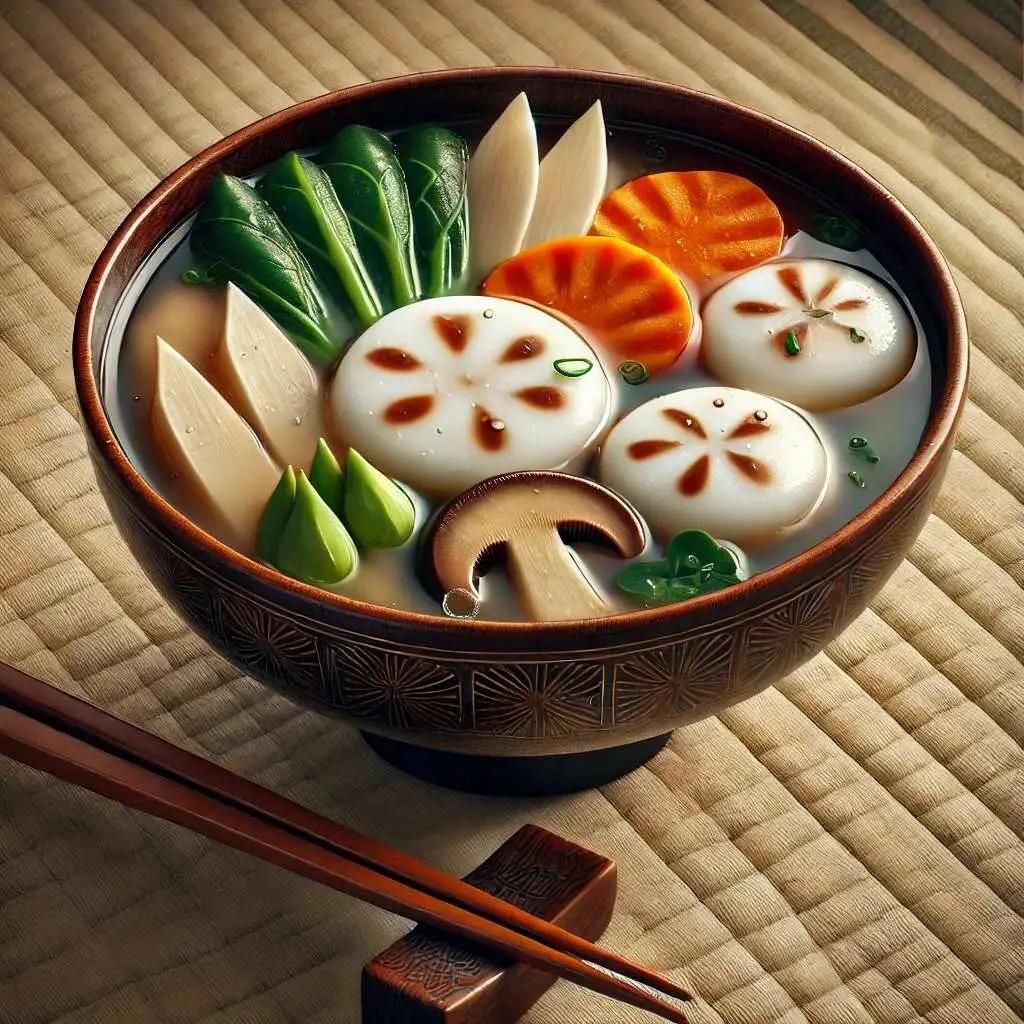
Korean Tteokguk (Rice Cake Soup): Symbolizing Growth
Country: South Korea
Features: Koreans eat Tteokguk on New Year’s. The broth is usually made from beef bones and topped with thin slices of rice cake, shredded egg, and dried seaweed. The round shape of the rice cakes symbolizes the sun, representing growth and unity in the new year.
Story: Koreans often say, “You grow one year older after eating a bowl of Tteokguk.” This dish is more than just a meal; it’s a ritual.
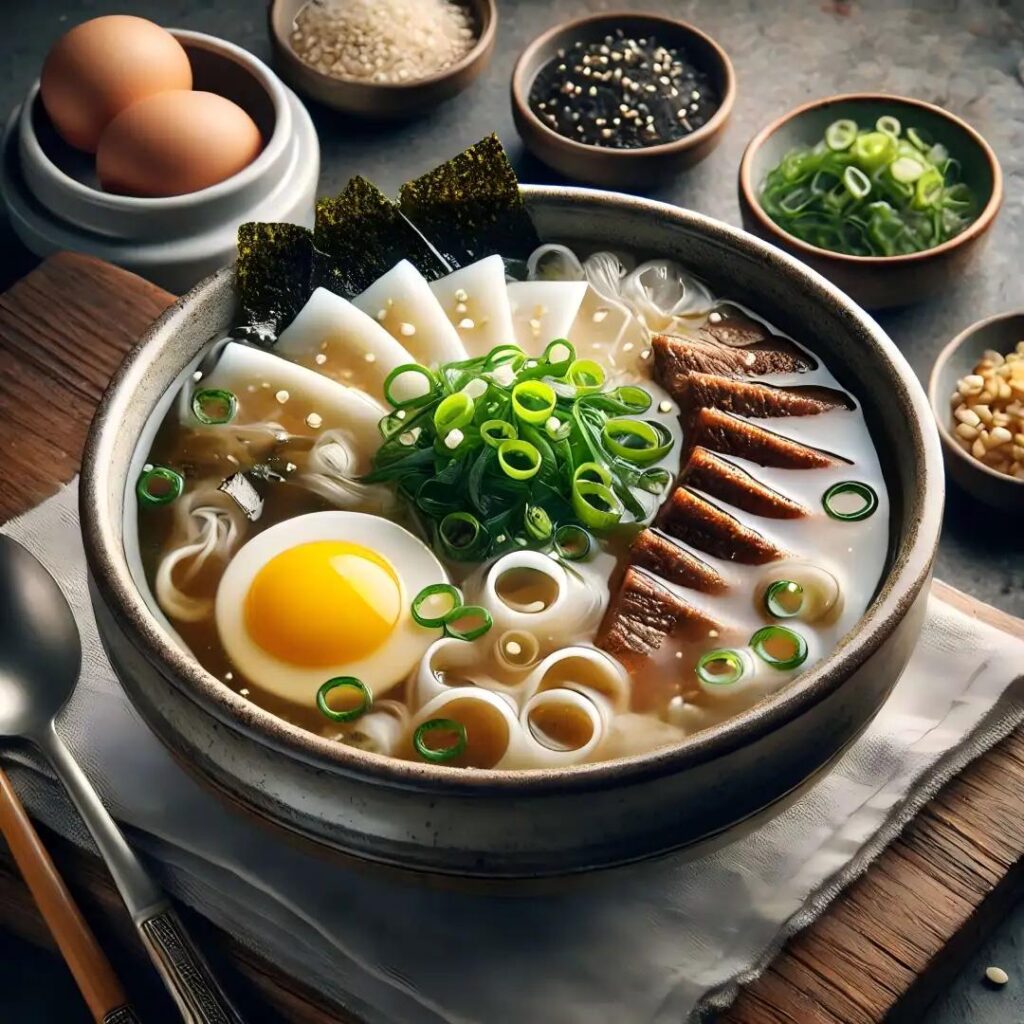
Italian Cotechino con Lenticchie (Lentil Stew with Sausage): A Symbol of Abundance
Country: Italy
Features: Italians enjoy lentil stew with sausage on New Year’s. The lentil’s coin-like shape symbolizes wealth, while the pork sausage signifies health and prosperity.
Story: This dish is typically eaten after the New Year’s bell tolls, representing abundance and good luck for the coming year.
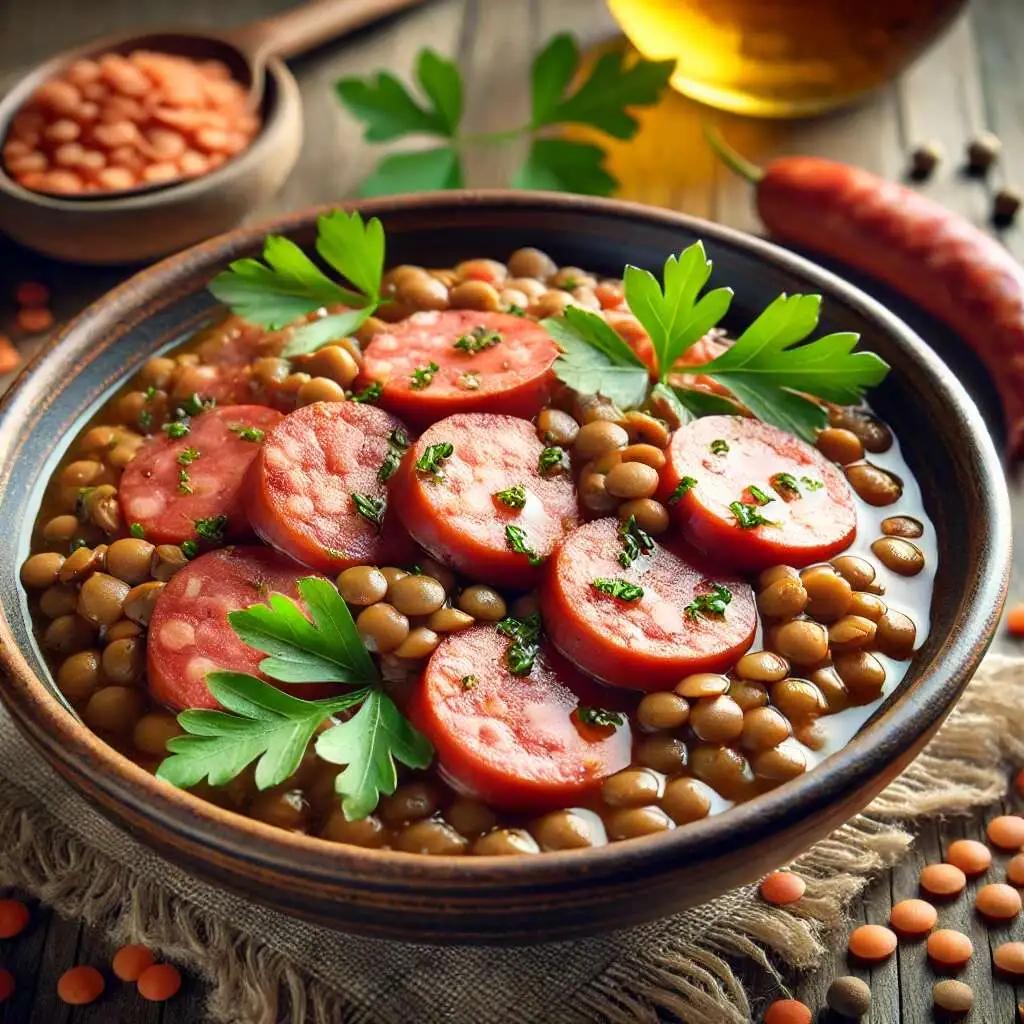
French Galette des Rois (King Cake): A Hidden Fortune
Country: France
Features: The King Cake is a dessert made with puff pastry and almond cream, hiding a small porcelain figurine inside. Whoever finds this figurine when the cake is cut is crowned the “king” for the day.
Story: The French eat the King Cake on Epiphany on January 6th, but it has also become part of New Year celebrations, adding fun to family gatherings.

Mexican Tamales: The Taste of Family
Country: Mexico
Features: During the New Year, Mexicans make tamales, wrapping corn dough around meat, vegetables, or sweet fillings in corn husks and steaming them. The variety of tamales reflects Mexico’s rich culture.
Story: Making tamales is typically a communal activity, symbolizing unity and hope for the new year.
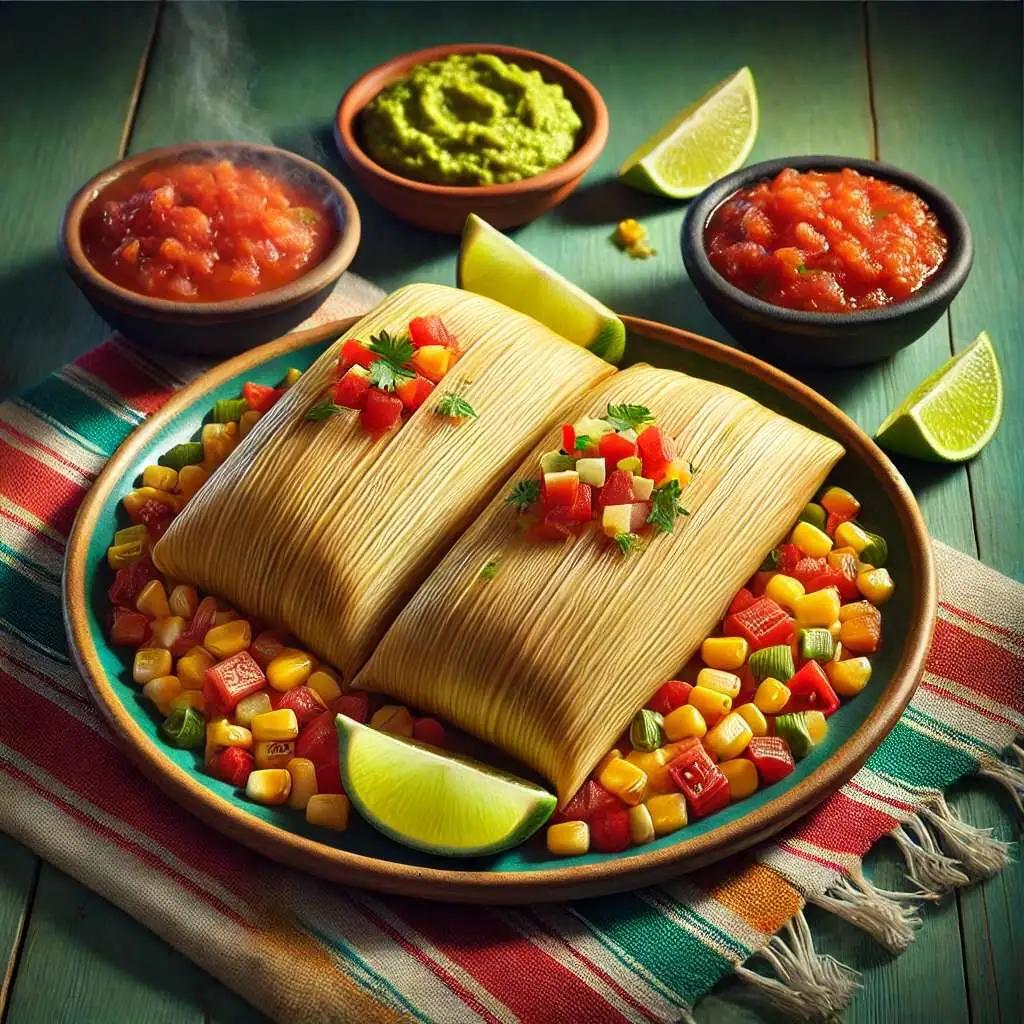
New Year Wishes in Global Cuisine
1、Unity and Growth: Japanese Ozoni and Korean Tteokguk both use simple, comforting ingredients to convey the idea of togetherness and growth.
2、Wealth and Good Fortune: Italian Cotechino con Lenticchie symbolizes abundance, while the French Galette des Rois carries luck through its hidden figurine.
3、Family and Culture: Mexican tamales are not only a dish but a New Year’s ritual, filled with emotion and tradition, that families undertake together.
New Year’s foods from different countries showcase a variety of cultural customs and festive meanings. From Asian mochi soup to European king cake and American tamales, every dish embodies people’s best wishes for the new year. This New Year, why not try an exotic dish to add new flavors and stories to your table!





